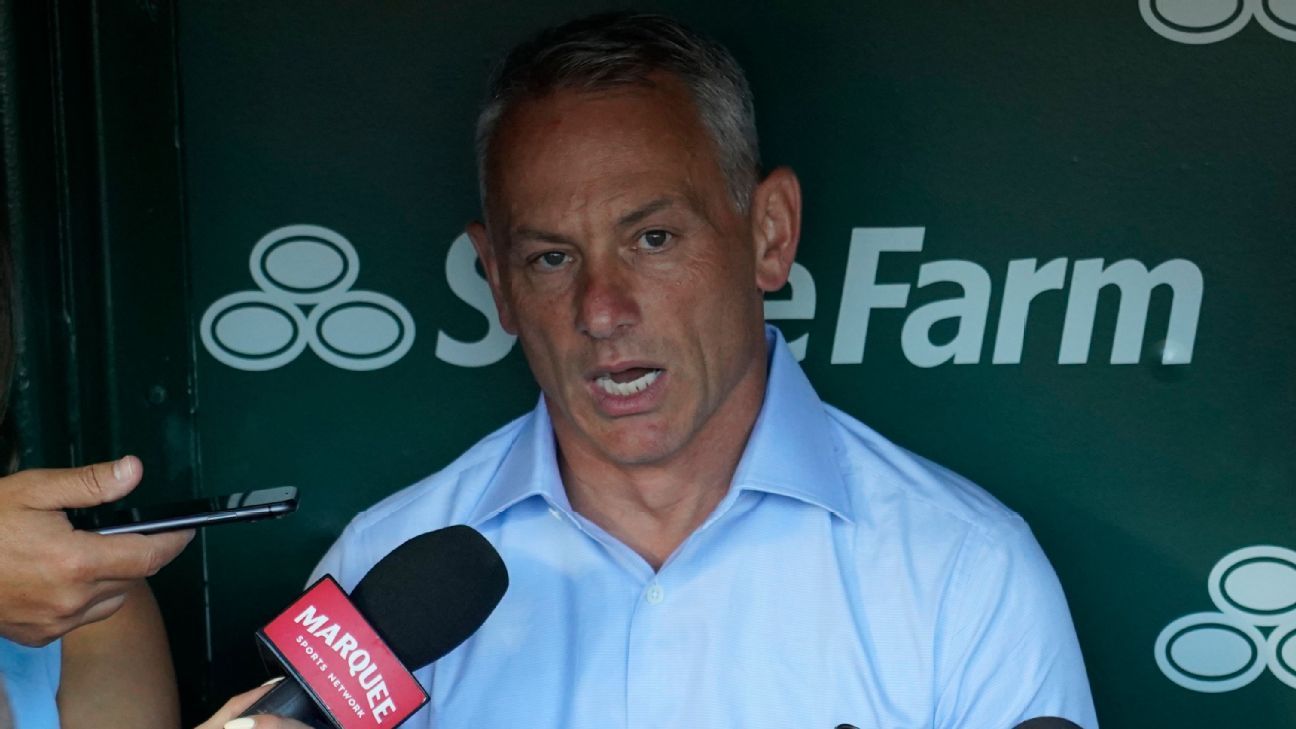CHICAGO — Cubs president of baseball operations Jed Hoyer is actively exploring the trade market for pitching depth, but appears poised to exercise patience until the end of July. “We’ve had a lot of conversations with teams,” Hoyer stated on Tuesday afternoon. “These things ramp up, they take a little break at draft time, then they ramp up again after that. When it comes to acquiring depth, we’re on the lookout. We’re talking, but with the realization these things trend towards late July.”
The Cubs’ lead in the National League Central has narrowed following a 13-13 record in June, with their starting rotation’s ERA dropping to 23rd in the league as they prepared to face the Cleveland Guardians on Tuesday night. The addition of a third wild-card team in each league has complicated early trade negotiations, leaving only a few teams clearly ready to make deals. The summer trade deadline looms on July 31.
Market Dynamics and Strategic Patience
Hoyer’s comments reflect the current state of the trade market, which remains largely undefined with many teams still evaluating their positions. “There’s a handful of teams that know where they are, but there’s a lot of teams in the middle,” Hoyer noted. “I don’t think the market has really defined itself at this point.”
In light of this uncertainty, Hoyer suggested that creativity might be necessary, hinting at the potential for multi-team trades. The Cubs are also mindful of managing the workload for pitchers like left-hander Matthew Boyd and rookie Cade Horton, both of whom had limited appearances last season due to injuries.
Balancing Immediate Needs and Long-Term Goals
Beyond pitching, the Cubs are looking to bolster their bench and bullpen, potentially leading to a busy trading season. Hoyer expressed confidence in the team’s financial resources, buoyed by strong attendance at Wrigley Field, which ranks seventh in the league with an average of 36,689 fans per game despite a cool spring.
When asked about the possibility of aggressive moves given the team’s first-place standing since early April, Hoyer remained measured. “This team has played really well,” he said. “Let’s wait 30 days and make that determination. Financially, I’m comfortable that we’ll be able to address the needs we need to address at the deadline. That’s not something I’ve questioned or thought about at all.”
Potential Long-Term Investments
The discussion also touched on free-agent-to-be Kyle Tucker, acquired from the Astros in a winter trade involving prospect Cam Smith. Both Tucker and Smith delivered strong performances when the teams met over the weekend in Houston. Hoyer was asked if Smith’s success might influence a decision to sign Tucker to a long-term deal.
“Kyle is the kind of player you want to keep,” Hoyer responded. “We’ll be talking to (agent) Casey (Close) about that at some point, but ultimately you have to go into that negotiation with a value. You have to do that with any negotiation. I don’t think that (Cam Smith’s play) changes anything.”
Looking Ahead
As the Cubs navigate the complexities of the trade market, their strategy will likely evolve based on team performance and market developments. The next few weeks will be crucial in determining whether the Cubs will make significant moves to strengthen their roster for a postseason push.
The outcome of these negotiations could have lasting implications for the team’s competitive future, as they balance immediate needs with the potential for long-term success. With the trade deadline approaching, all eyes will be on Hoyer and the Cubs’ front office to see how they maneuver through this pivotal period.
